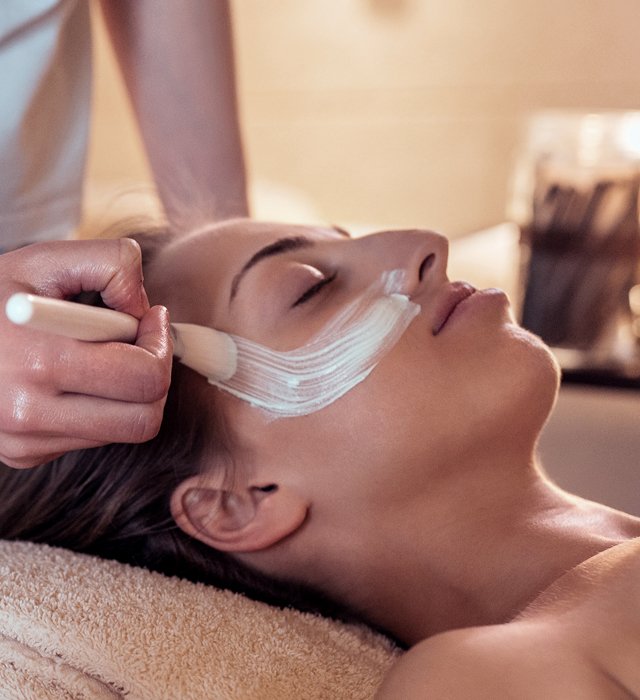As the name suggests, peeling is a treatment that promotes skin exfoliation, thereby stimulating cellular renewal. Superficial peeling primarily acts on the epidermis and therefore does not require significant downtime, aside from possible redness and slight skin peeling in the days following the treatment. Its use helps reduce pore size and improve the overall appearance of the skin.
Types of Peels
There are different types of peels, each suited to specific skin needs and varying levels of exfoliation depth:
- Superficial Peel: Acting on the outer layer of the epidermis, this type of peel is ideal for immediate skin radiance and generally requires no downtime.
- Medium Peel: Penetrating deeper into the epidermis, this peel is effective for treating fine lines, pigmentation spots, and mild to moderate acne. Slight peeling may be observed for a few days after treatment.
- Deep Peel: This type of peel reaches the deeper layers of the skin, thus treating more pronounced wrinkles, acne scars, and severe skin damage. A longer recovery period is required, but the results can be dramatic.
Benefits of Peeling
- Improves skin texture and brightness.
- Reduces skin imperfections such as pigmentation spots and wrinkles.
- Stimulates collagen production for firmer and more elastic skin.
- Treats acne problems and residual scars.
- Provides a uniform and radiant complexion.
Result of Peeling
This treatment lasts approximately 45 minutes. It can also be preceded by a session of microdermabrasion to promote better penetration of the peel. It is recommended to undergo treatment monthly for 6 months, followed by maintenance sessions every 3 months.
Procedure
- The face is first deeply cleansed.
- Then, the chosen peel is applied with a brush to the forehead, cheeks, nose, and chin, in several successive layers depending on the sensations felt.
- The peel is left in place for several minutes until the end of its action, or it is neutralized if necessary.
- Finally, a soothing cream is gently applied to conclude the treatment.

